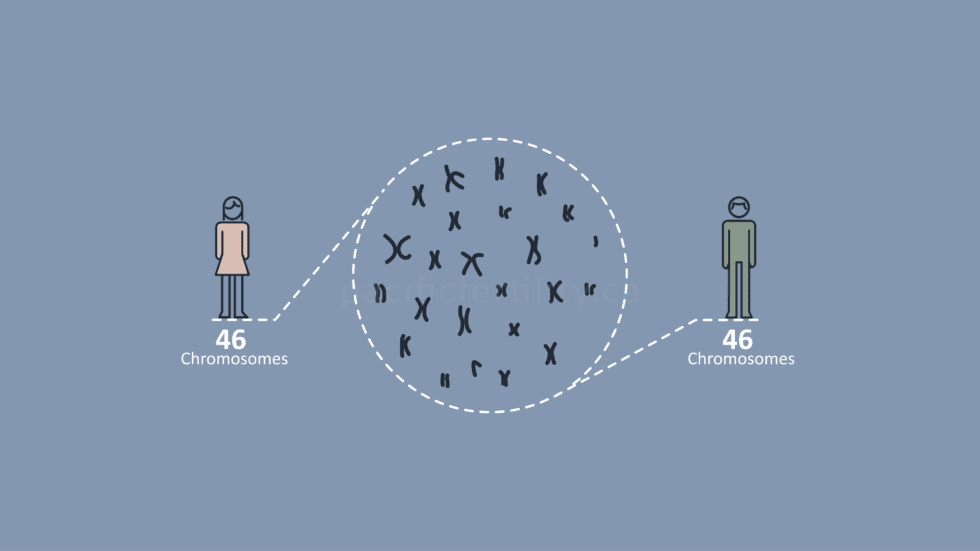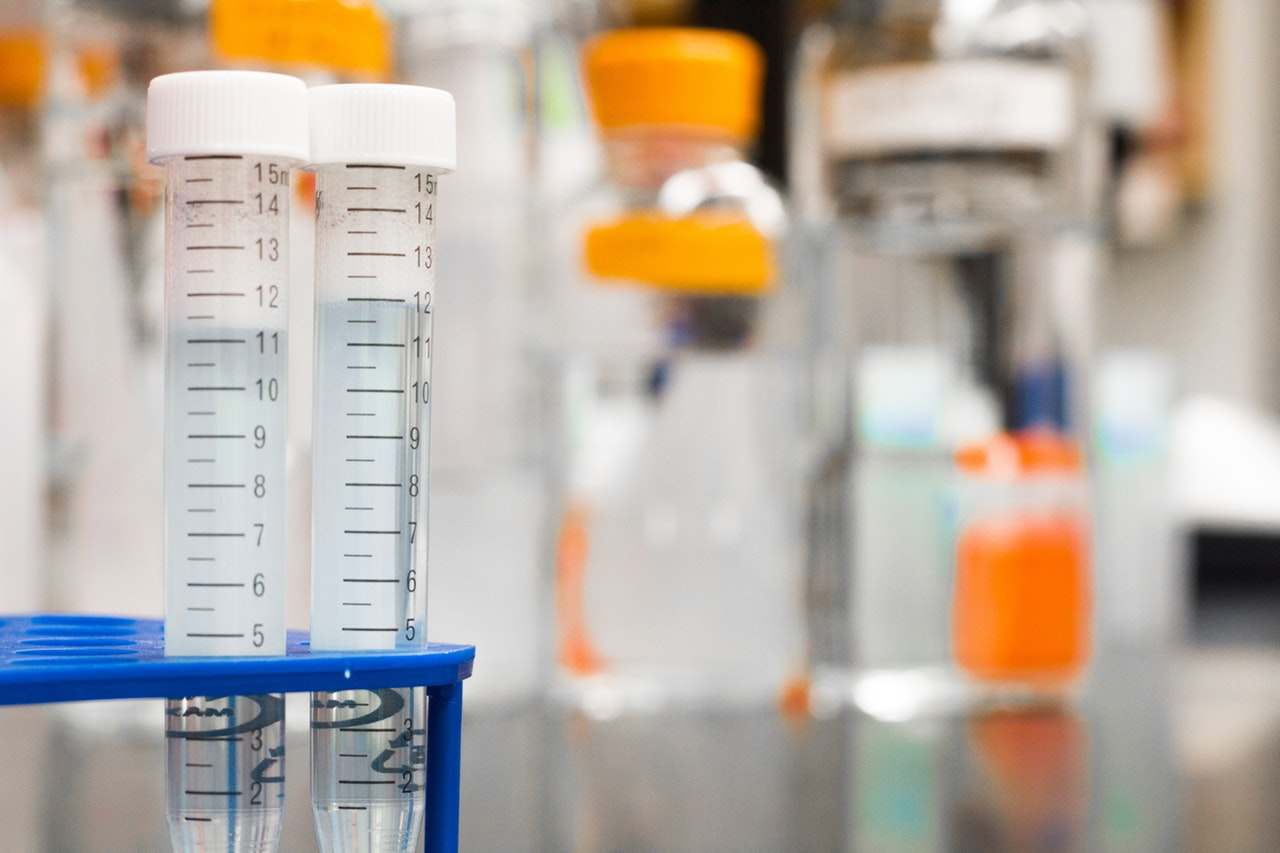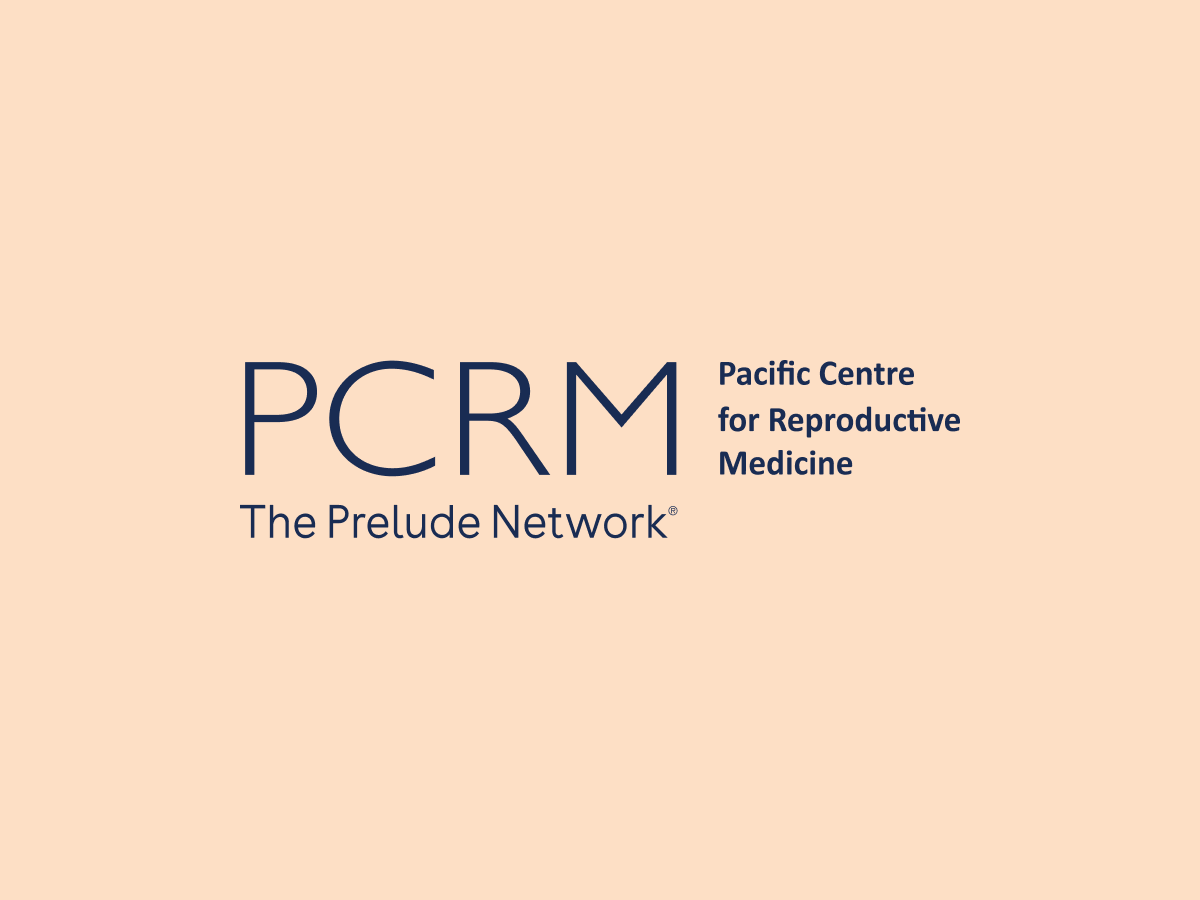What’s the difference between FTS, Quad, SIPS, IPS?
Quadruple (“Quad”) Screen
Is a blood test at 16-20 weeks which looks for four different proteins. It gives a detection rate of 72-75%, with 5% false positives, and this means that 25-28% of affected pregnancies are missed by this test.
Serum Integrated Prenatal Screening (SIPS)
SIPS involves taking blood in the first trimester (12 weeks) for PAPP-A analysis, and then adding in a quadruple screen in the second trimester (16-20 weeks) giving a final result after the quadruple screen. It performs at a 82-84% detection rate for 5% false positives, and is an improvement on the quadruple screen. This means that 16-18% of affected pregnancies are missed by this test. Note that the PAPP-A measurement is not disclosed to the patient or the doctor, until the quadruple screen is completed.
Integrated Prenatal Screening (IPS)
IPS involves adding a Nuchal Translucency (the 12 week ultrasound test to measure the pocket of fluid at the back of the fetal neck) in addition to SIPS blood work.
In BC, IPS is performed as a sequential test: this means that the NT is performed at 12 weeks, and if the NT is large, the patient is offered amniocentesis or CVS, or they can wait for the rest of the blood work later in the pregnancy. This type of sequential testing performs at a 88% detection rate and is inferior to FTS (NT, nasal bone, ductus venosus Doppler, and FTS blood work). This means that 12% of affected pregnancies are missed by this screen.
In its pure form, IPS is sometimes performed as a ‘combined’ test, meaning that the first and second trimester blood and ultrasound results are not disclosed to the patient until completion of the second trimester blood work. In this form, IPS performs very similar to FTS in detection rates. However, it is very hard not to disclose the results of the ultrasound to a patient without a lot of patient anxiety. For this reason, combined IPS is not popular.
If FTS performs so well, why isn’t it covered by MSP in BC?
FTS is widely offered. Screening programs in Ontario and Alberta utilize FTS. Globally, 90 countries perform FTS as part of nationalized programs. The obstacle in providing FTS is largely due to limited resources for ultrasound training. With NT, Nasal Bone, DV and first trimester serum (hCG and PAPP-A), FTS has a detection rate of 96-97%. This means that 4% of affected pregnancies are missed by this test.
Related Posts
Categories
About the PCRM Blog
Welcome to the Pacific Fertility Centre for Reproductive Medicine Blog! Nationally and internationally recognized for providing exceptional reproductive care, our team believes in empowering people with the knowledge they need to navigate their unique fertility journeys.
From information on the latest fertility treatments to valuable insights on egg donation, surrogacy, and everything in between, the Pacific Centre for Reproductive Medicine Blog is your ultimate resource for all things reproductive care and support. Read on to learn more, and contact us today if you have any questions or want to schedule a new patient appointment.



